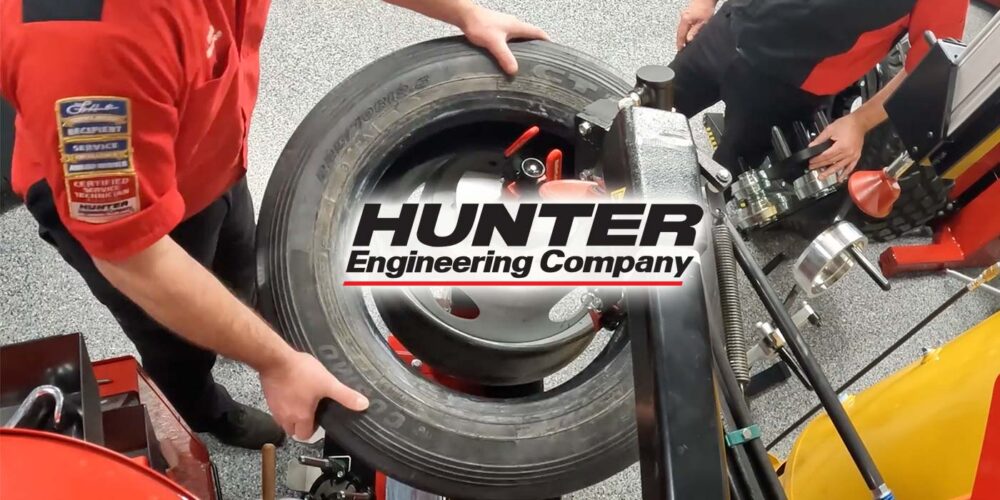If a module like an ECM or PCM can’t communicate with the vehicle, sensor or a scan tool, it can be a challenging diagnostic problem. The source of the problem could be software, electrical or mechanical.
In some cases, a shorted sensor can bring the communication to a halt. With these types of errors, you can communicate with a module, but the information from a sensor is missing or implausible. An injector may not pulse, or an ignition coil might not fire. Sometimes there will be a DTC for the circuit, sometimes there will not be a code.
With any communication network, the resistance in the circuit, resulting voltage and circuit condition can determine if information is being communicated with other modules. If there is high resistance in a module or part of the wiring harness it can bring down the network. The same is true for an open or short to ground.
Before you just swap out a module because it won’t communicate, do a few simple inspections. Start by checking to see if there is power and ground being supplied to the module. This can be performed by using the OBDII connector. Pin 16 is the positive voltage side being supplied to the ECM. Pin 4 is chassis ground and is a ground taken from the body of the vehicle. Pin 5 is the signal ground. What is the difference between the grounds? On some vehicles, the wires for pins 4 and 5 attach at the same point of the body. Some vehicles use a “clean” ground for pin 5 that could come from the ECM, power distribution module or a ground that is not shared with components like radios or ignition systems.
If the programming is present or you are trying to program the module, and it still will not communicate with your scan tool or laptop, the issue could be with the OBDII connector under the dash. Often the connector can be damaged if the scan tool or code reader has been pushed in and out frequently. Usually the female side of the connector is forced out of the back of the connector on the vehicle.
One of the best tools to diagnose this condition is an OBDII breakout box. Since most networks on the vehicle can be accessed through the OBDII connector, this tool helps you observe if the network is active, open or shorted.
The Jeep 4.0L crankshaft position sensor had a common short-to-ground issue that would cause a no bus error. Remember, the communication issue could be with the sensor or actuator, or the problem could be on the module’s circuit board.
The solid-state circuits inside an ECM, including microchips, transistors, resistors or capacitors, can be damaged by heat and vibration, or the solder that connects the components to the circuit board can fail.
But often the damage to an ECM comes from the connected components. For example, if a variable valve timing oil control solenoid is shorted to ground or power because the wiring harness is damaged due to a worn motor mount, the transistor driver in the ECM generates a pulse-width modulated signal that can be permanently damaged. There is no way to repair the driver on the circuit board.
Most ECMs are not “plug and play” parts. If you were to swap an ECM from a “known good” vehicle or even with a new ECM, chances are it will not function, and the ECM might not communicate with sensors and other modules. This is because the software unique to the vehicle is not programmed or flashed into the module’s memory when it comes from your part’s supplier.
Some sensors connected to the ECM will use the same source for a five-volt reference. In some ECUs, the crankshaft position, camshaft position and maybe the MAP sensor will use the same five-volt source. If the one of the sensors has a short to ground or power, it can cause all the sensors using that five-volt reference to no longer communicate. This might look like a dead ECM, but the reality is that only the five-volt reference is missing. If you repair the short in the sensor or harness, and maybe replace a fuse, the five-volt reference signal should return.
Visit Cardone.com to learn more.
This video is sponsored by The Group Training Academy.













